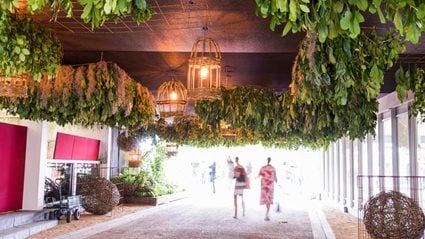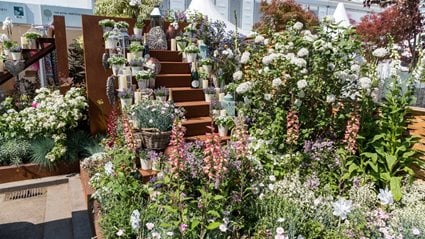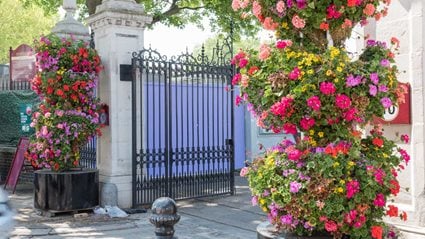Did you know...
- The space divides into three planting areas describing the mind before, during and after an epileptic seizure, each area having a different texture an atmosphere
- To represent the state of seizure, Kati uses the tree Prunus serrula with its textured bark, spiky teasels (Dipsacus fullonum) and rust coloured dock (Rumex flexuosus) whose leaves throw jagged shadows on to the walls
- Two key plants - valerian and artemisia - are included in the design because they are used in the treatment of epilepsy
About the garden
Embroidered Minds is a collaboration between writers, artists, doctors and historians to explore the effects of epilepsy, a neurological disorder that affected the eldest daughter of Victorian craftsman William Morris, and to raise awareness of how it remains a challenge today.The garden represents different states of a seizure. The pre-seizure area is calm and sedate with mainly green and white planting, including Acanthus mollis, used so often in Morris designs, and Valeriana officinalis, which was one of the first epilepsy drugs. An oak bench, tiled path and foreground garden are interrupted by dramatic, harsh, brown planting, representing a seizure. The planting beyond is more vivid with bright yellows and oranges, blue aquilegia and white peonies, associated with the possible heightening of the senses post seizure.
National Epilepsy Week was 14–20 May. Epilepsy Society and Young Epilepsy are supporting the garden.
All Show Gardens












prev
next
Get involved
The Royal Horticultural Society is the UK’s leading gardening charity. We aim to enrich everyone’s life through plants, and make the UK a greener and more beautiful place.

